The Thai Cave Rescuers
The failure of any one of the plan’s delicately moving parts might have meant the difference between a miracle and a tragedy, but in the end enough went right. When the world united to save a team of young soccer players in Thailand who’d been trapped in a cave for more than two weeks, all of the boys made it out alive.
And six months later, they’re not just alive—they’re feeling great. One night in early December, the boys were smiling, singing along to a music video and slinging their arms around one another in the bed of a pickup truck as it wound up a hill to a monastery in Mae Sai, northern Thailand. Titan, the youngest member of the Wild Boars soccer team, was in his usual spot. The 12-year-old team captain is almost always seen glued to the side of assistant coach Ekkapol Chantawong, known by his nickname, Ake.
“We’re very attached,” says Titan, whose given name is Chanin Vibul-rungruang. “He’s my hero.”
And with good reason: coach Ake, 24, helped save the lives of his team’s members. He was with the 12 boys on the afternoon of June 23 when they entered Tham Luang Cave for a short trek to celebrate a teammate’s birthday. But monsoon rains come quickly. As water filled the tunnels of one of Thailand’s most complex underground cave systems, the boys were trapped. For the next nine days, Ake, a former Buddhist monk, kept them alive in the dark, without food, by leading them in meditation and showing them how to collect clean water dripping down from the stalactites.
“I don’t think I’m a hero at all,” he says, sitting cross-legged on the floor of the monastery, at a shrine that was built to commemorate their miraculous ordeal. “The real heroes are all of the rescuers who saved us.”
The Wild Boars didn’t know it for those first nine days, but while they were trapped inside, the world outside was frantically trying to find them. As the first night fell, parents arrived at the cave to find bikes and cleats abandoned at the entrance to a waterlogged labyrinth. Some 30 hours after the team’s disappearance, Thailand’s tireless navy SEALs began diving blindly into the tunnels, which were so saturated with debris that they couldn’t see more than a few inches in front of their masks.
More than a thousand people would amass from at least seven countries to join the mission they led, overseen by then governor Narongsak Osottanakorn. What began as a small team of local responders snowballed in just a few days into a multinational search-and-rescue operation, joined by elite divers from the U.K. and elsewhere, a special operations unit of the U.S. Air Force and hundreds of other volunteers.
Not knowing if the boys were alive, climbers scoured the hillsides for alternative entries as drones and helicopters buzzed overhead. Divers swapped shifts through the tunnels; some said advancing against the current felt like climbing the last stages of Everest. At last, on the night of July 2, two British divers lifted their heads from the frigid floodwaters in the cave and flicked a flashlight beam over the spindly figures they’d found.
“How many of you?” shouted John Volanthen, the diver who captured their contact on video. “Thirteen,” a voice rang out. “Thirteen?” asked Volanthen. “Brilliant!”
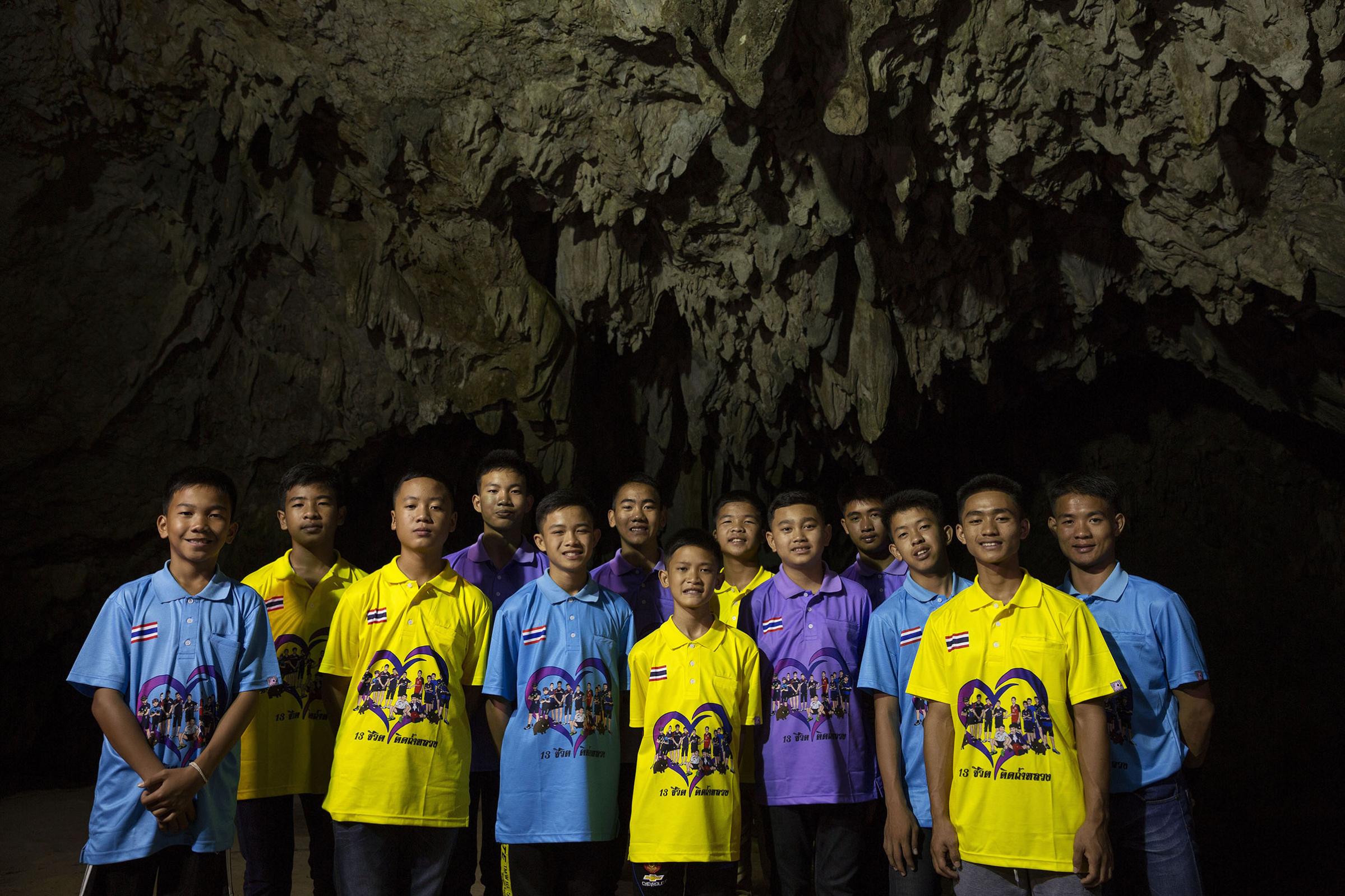
The euphoria of finding the team alive quickly gave way to anxiety. With the whole world watching and heavy rains approaching, rescuers weighed three imperfect options: drilling a hole through the top of the mountain, waiting for waters to recede or suiting the boys up and diving them out. The first was a logistical nightmare, and the second would leave the team underground for months as oxygen levels plunged. The last was dangerous even for expert divers—the mission’s only casualty was a retired Thai navy SEAL, Lieutenant Commander Samarn Kunan, who died from lack of oxygen while supplying air cylinders along the route—but it seemed to be the only chance.
“We didn’t actually think everyone would come out alive,” says Josh Morris, the founder of a rock-climbing business in nearby Chiang Mai who helped coordinate the rescue, “but we knew that if we didn’t dive, everyone would die.”
The risky extraction plot, which launched July 8, hinged on one particular role with a skill set so specific that only a handful of people on earth could have done it. Somebody would have to go inside, sedate the boys so they wouldn’t panic, suit them up and tether them to expert divers who would carry them out. Enter Dr. Richard Harris, an Australian anesthesiologist who happens to be a cave diver.
“It was just so unlikely. A lot of luck was involved to find them and get them out alive,” says Ben Reymenants, a Belgian diver who took part in the mission. Was it a miracle? “Absolutely.”
One by one—four the first day, four the second and five on the homestretch—the boys and their coach were relayed by land and air past a ripple of cheers along the ordinarily silent rural road to the provincial capital. When they woke up with no memory of their hours-long odyssey, they later recalled, all they wanted was a taste of stir-fried meat with chili and sweet Thai basil.
Now physically recovered—they showed off some skillful footwork in the temple parking lot—they have a new ambition. “We received help from so many people, in the future we want to be strong enough to help others in return,” says Adul Sam-on, 14, the boy who replied in English when the divers found them. “The most important lesson we learned is that nothing is impossible.” —Feliz Solomon/Mae Sai, Thailand, with reporting by Am Sandford
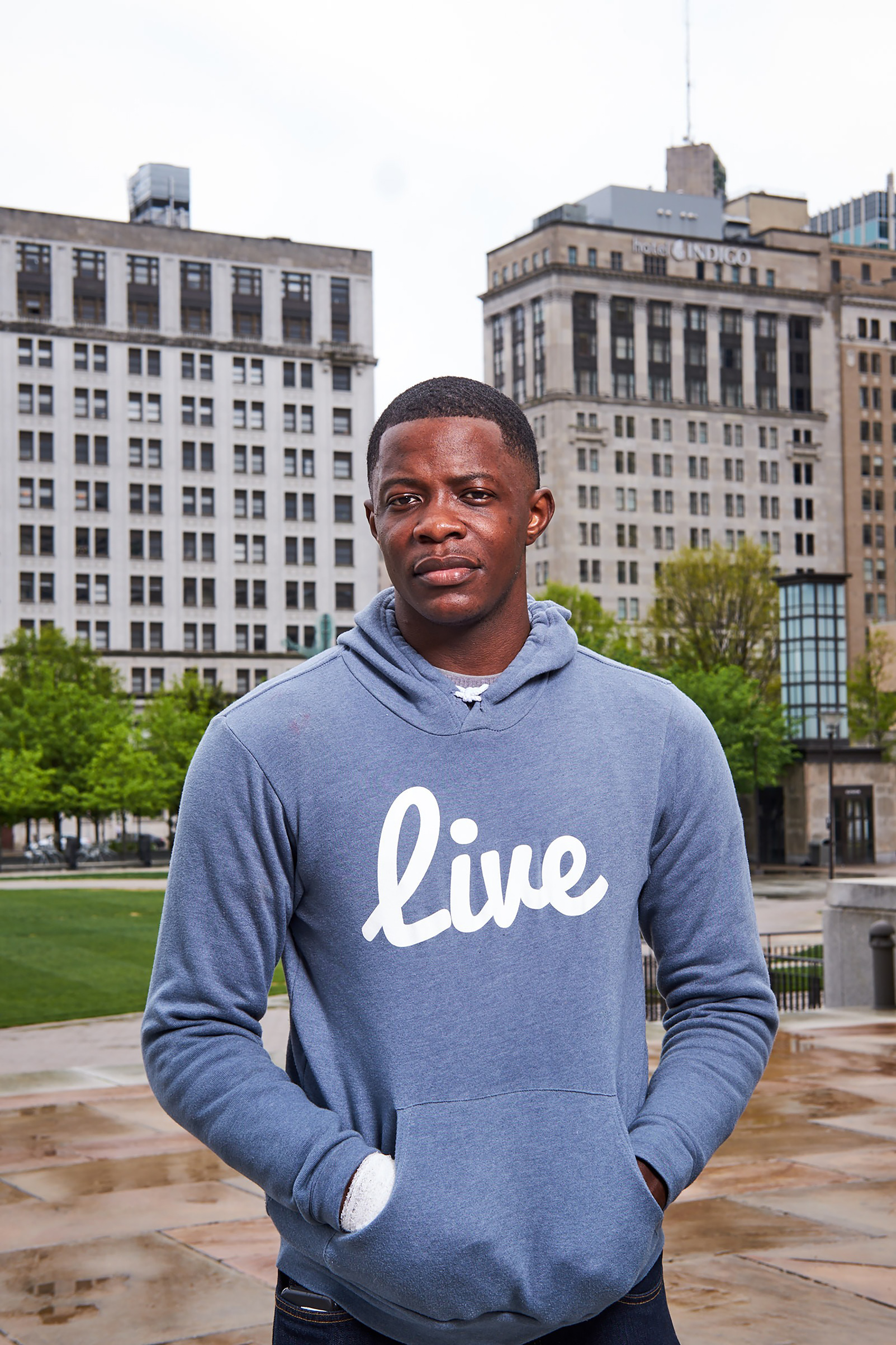
James Shaw Jr.
When a gunman entered a Waffle House near Nashville early in the morning on April 22, James Shaw Jr. didn’t want to be a hero. He wanted to survive. Shaw, then a 29-year-old AT&T technician, had arrived minutes earlier with a friend. Moving toward the bathroom as the first bullets were fired, he had no escape in sight. “I had pretty much decided in my head that I was dead,” he says.
But when he noticed the shooter had momentarily stopped firing and pointed the barrel of his AR-15 toward the ground, Shaw made a split-second decision. He rushed the shooter and managed to seize the rifle. Ultimately, four people were killed—but law enforcement said the number could have been far higher had Shaw, who suffered a bullet-graze wound and burns, not acted. He has since been called a hero by Parkland, Fla., shooting survivor Emma González, NBA star Dwyane Wade, Black Panther star Chadwick Boseman and Nashville Mayor David Briley. When he goes out in the city, he’s frequently mobbed by people who want to thank him.
The day after the shooting, Shaw started a GoFundMe campaign that raised over $240,000—the majority of which went to the victims’ families, many of whom he’s still in contact with. In August, he started a foundation to address gun violence. Shaw says he has flashbacks nearly every day, but he’s started to heal by seeing a psychologist and spending time with his 4-year-old daughter. And he still insists he’s not a hero for what happened at the Waffle House. “But maybe the things I’ve done since the incident are heroic,” he says. “If I don’t try to use this platform that I have in a responsible way, it’s just going to keep happening.” —Samantha Cooney
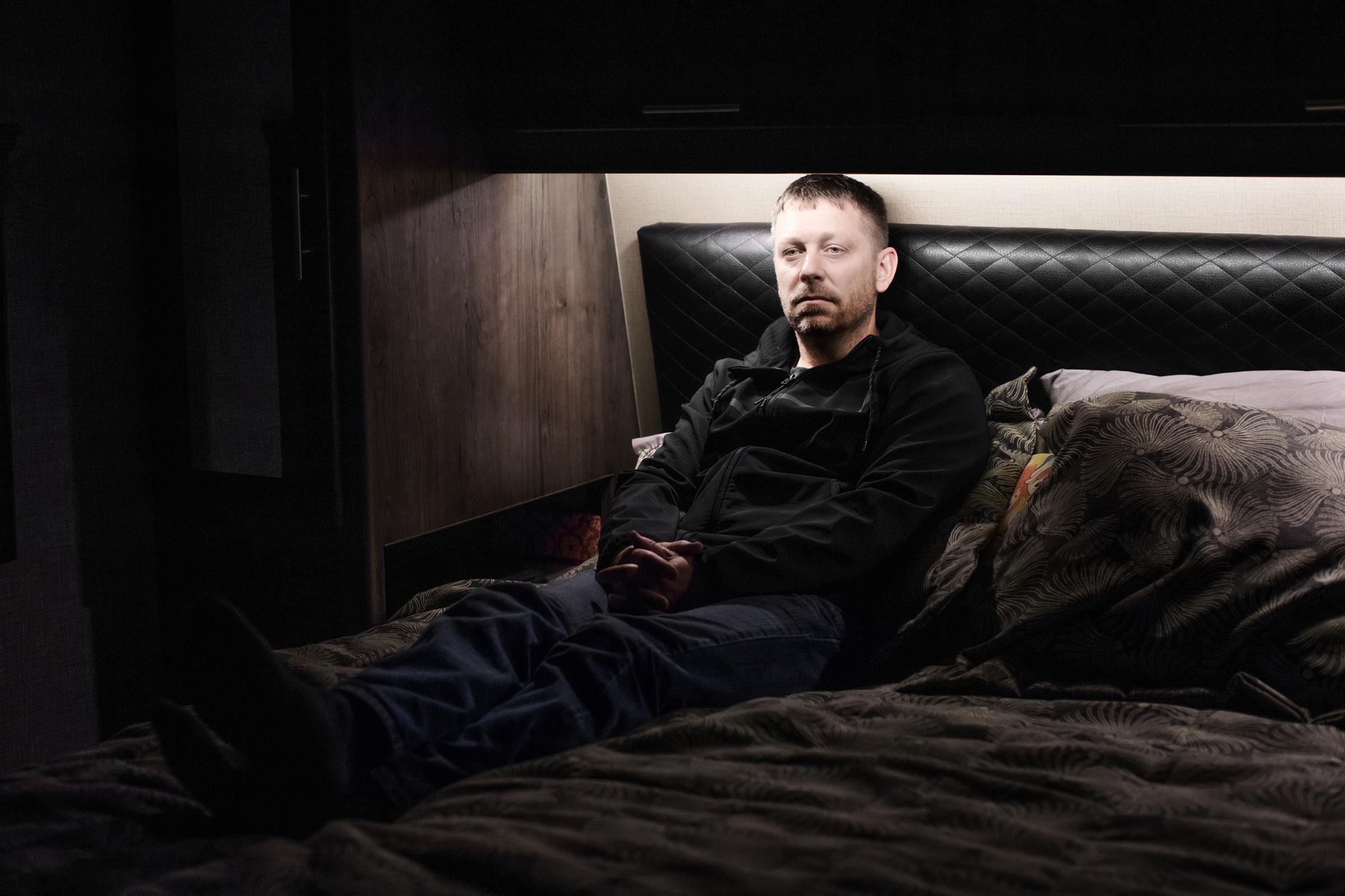
Brad Brown
In the book of Daniel, there is a story about three men who refuse to worship a golden idol and the furious king who casts them into a furnace as punishment. To the royal’s astonishment, the men are trapped in a searing fire, yet they do not burn. Because they have faith, they are protected.
This is the tale that Brad Brown, a hospital chaplain in Paradise, Calif., told the sick, scared people huddling inside his minivan as flames burned outside on Nov. 8. “This is what we need to do,” Brown recalls saying as they, like thousands of others, fled a fire that would become the most destructive in California’s 168-year history.
Tales of endurance and selflessness have helped salve the wounds of the Camp Fire, which took at least 85 lives and destroyed nearly 19,000 structures before officials said it was contained on Nov. 25. Among the saviors were thousands of firefighters, from California and across the U.S., and people like Brown—untrained citizens who risked their lives to save others from what residents have called “the fires from hell.”
Brown arrived at the hospital that morning to find an evacuation already in progress. He jumped in, racing to get patients into ambulances. And when workers ran out of ambulances, he loaded three patients—two who had been in intensive care and one who had been in hospice, unable to walk—into his own vehicle, which was soon stuck for hours in gridlock because cars up ahead had already burst into flames. “You could hear the fire,” Brown says.
At times, with smoke billowing black, Brown couldn’t see 20 feet down the road. He inched the minivan away from flames on one side of the street, then the other, trying to keep his charges safe as embers flicked onto the hood. “We were all trying to get out of town,” he says of Paradise residents, “but we couldn’t move.” So instead they prayed.
Meanwhile, Brown made a call to his children to tell them he loved them in case he didn’t make it. This was an especially hard call to make because his teenage daughter and son had lost their mother to cancer five months earlier. Brown told his son Jaron, a 16-year-old who had gotten his license a mere month before, to hitch up a 36-ft. trailer to the family truck and flee with his younger sister, his grandmother and their pets. “Drive the truck, Jaron,” Brown told him. “Just get out of town.”
After a bulldozer finally moved the cars blocking his path, Brown made it to the parking lot of a church. “It was just a big fireball,” he says of the structure. Officials then sent him toward a bigger parking lot, hoping it would be better insulated. To get there, Brown found himself facing a wall of fire. He couldn’t see the other side, but the patients needed care. “What do you do? You can’t turn around at this point,” he says. “So I just floored my minivan and drove through the flames.”
They made it through. After waiting hours longer, as officials searched for unblocked roads out of Paradise, Brown finally got the patients to a hospital in nearby Chico. The chaplain soon found out, in a desperately happy phone call, that Jaron had managed to drive the rest of the family (including their dogs) to safety too.
“I’m still realizing the full extent of what has happened, but it’s slowly dawning on me,” Jaron said 10 days later, sounding dazed. Asked how he kept his focus as he spent hours driving the hulking vehicle away from the flames, the young man, like his dad, said he prayed. Jaron and his grandmother also recited Bible verses to each other, including the story of three faithful men who escaped a fiery furnace.—Katy Steinmetz/Paradise, Calif.
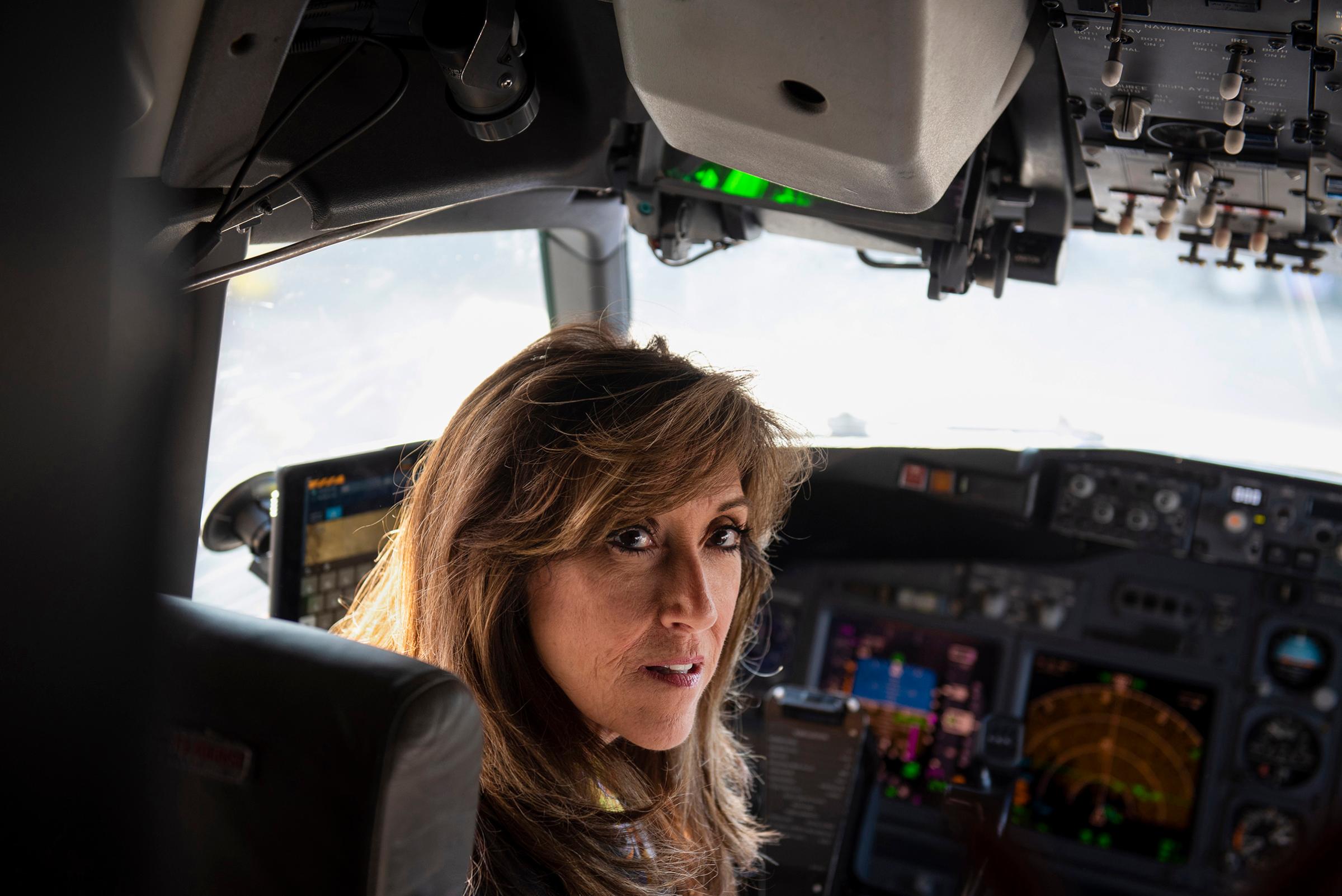
Tammie Jo Shults
When an engine on a Southwest Airlines plane exploded on April 17, the lives of everyone on Flight 1380 fell into the hands of Tammie Jo Shults. Amid the chaos in the cabin, Shults—who, before becoming a commercial pilot, had been one of the first female fighter pilots in the U.S. Navy—kept her cool as she safely returned the damaged Boeing 737 to earth, saving 143 passengers.
The Dallas-bound aircraft departed New York City at about 10:40 a.m. and was only about 20 minutes into the flight, and 32,000 ft. in the air, when it suffered the sudden engine failure. Fragments from the damaged engine struck and broke a passenger window; the death of the passenger seated next to it, Jennifer Riordan, was the only fatality involving a U.S.-registered commercial passenger air carrier since 2009. The plane shook violently as debris and cold air whipped around the rapidly depressurized cabin, according to survivors. Some prayed, while others screamed and attempted to say goodbye to their loved ones. But in the cockpit, Shults can be heard in released audio of the incident calmly relaying the situation to dispatchers as she proceeded to make an emergency landing at Philadelphia International Airport.
Her actions earned her international acclaim and deep gratitude from those on the plane. “She changed the course of our lives forever,” says Marty Martinez, who sat two rows behind the shattered window. Martinez, a 29-year-old digital marketer from Dallas, thought he was documenting his final moments when he streamed the situation on Facebook Live. Martinez adds, “I feel so eternally grateful for the courage and the nerves of steel that she had to allow us to walk away from that incident unharmed.”
But Shults, 57, says the real valor was in the aisles, as passengers and crew members put themselves in danger to help others. And at the end of the ordeal, she says, one passenger even bent down to tie a stranger’s shoe as they walked off the plane. “Heroism is in the small things,” she says, “not just in the big ones.” —Melissa Chan
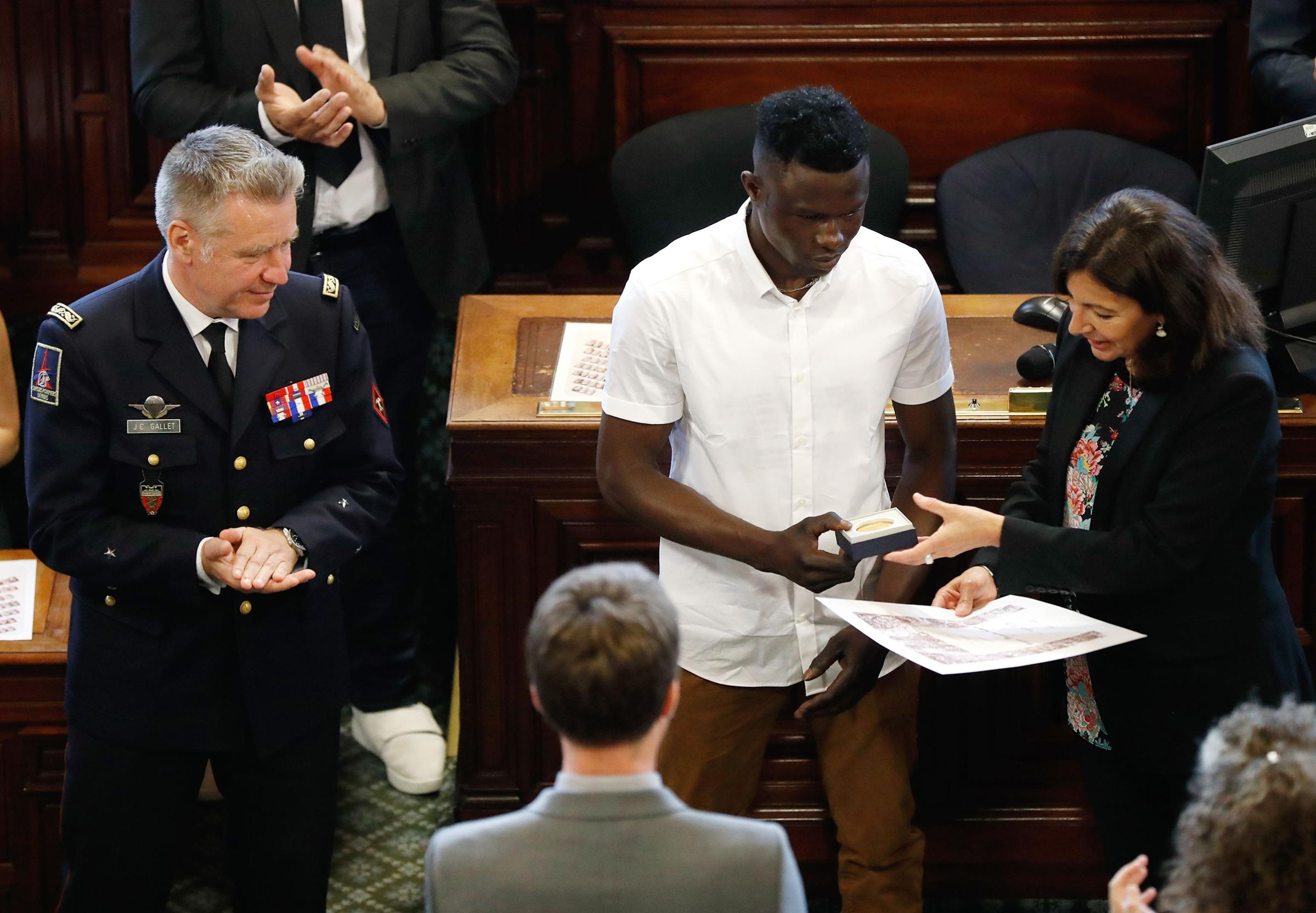
Mamoudou Gassama
As a 4-year-old boy dangled helplessly from the balcony of an apartment building in France on May 26, passerby Mamoudou Gassama sprang into action. In less than a minute, the migrant from Mali, then 22, scaled at least four floors, unaided, using only his bare hands to pull the boy to safety.
In a video of the harrowing moment, which has been widely viewed around the world, Gassama hauls himself up from balcony railing to balcony railing while a crowd of onlookers screams below. Within seconds, he maneuvers over to the boy and appears to pull him up with one arm. Gassama said he didn’t have time to be afraid until the child was safe on the other side of the railing. “When I started to climb, [the mission] gave me courage to keep climbing,” said Gassama, who had immediately run across the street when he saw the child’s plight, according to the Associated Press. “Thank God I saved him.”
For his quick thinking and superhero-like dexterity, Gassama was immediately dubbed Spider-Man on social media. French President Emmanuel Macron also praised Gassama for his “exceptional act,” calling him an “example” to the millions of people who had now witnessed his bravery.
During a meeting days after the rescue, Macron rewarded Gassama with a medal, a role in the Paris fire brigade and an expedited path to French citizenship. “You saved a child. Without you, no one knows what would have become of him,” the French President told Gassama. “You need courage and the capability to do that.” —M.C.
This story is part of TIME’s Person of the Year 2018 issue. Discover more stories here.
More Must-Reads from TIME
- Cybersecurity Experts Are Sounding the Alarm on DOGE
- Meet the 2025 Women of the Year
- The Harsh Truth About Disability Inclusion
- Why Do More Young Adults Have Cancer?
- Colman Domingo Leads With Radical Love
- How to Get Better at Doing Things Alone
- Michelle Zauner Stares Down the Darkness
Contact us at letters@time.com